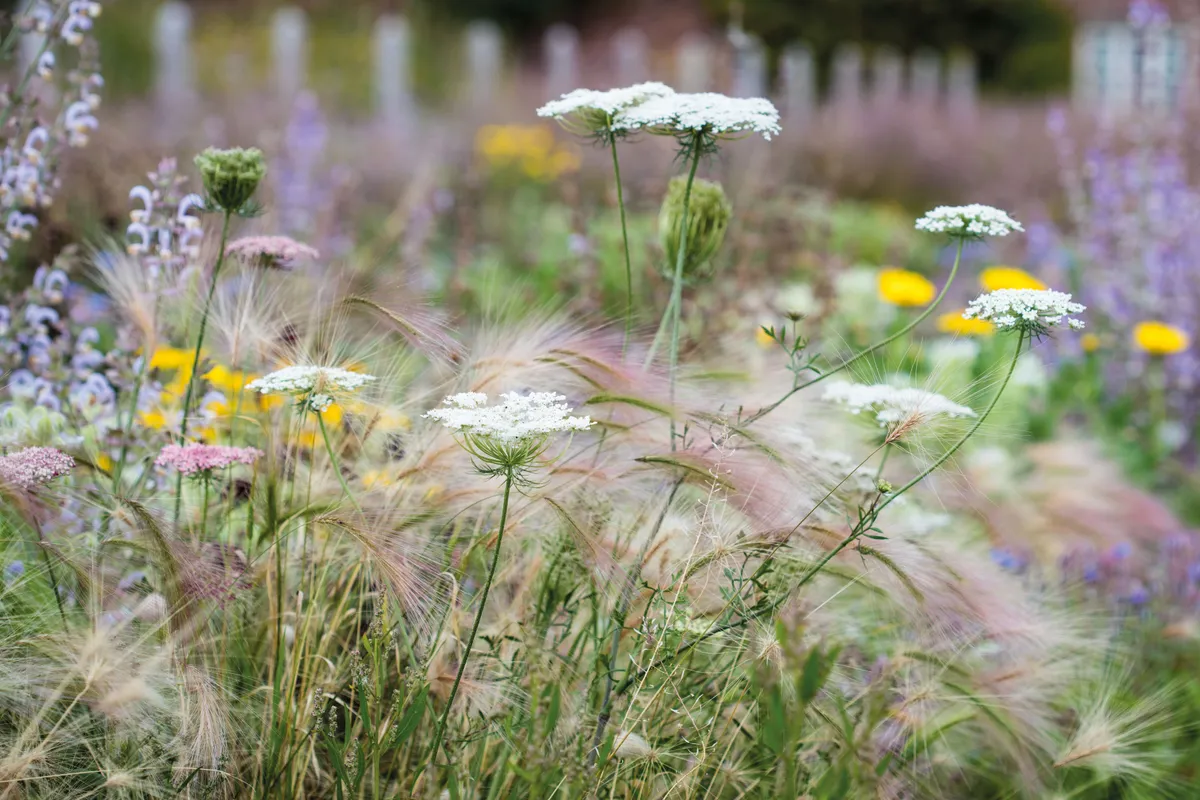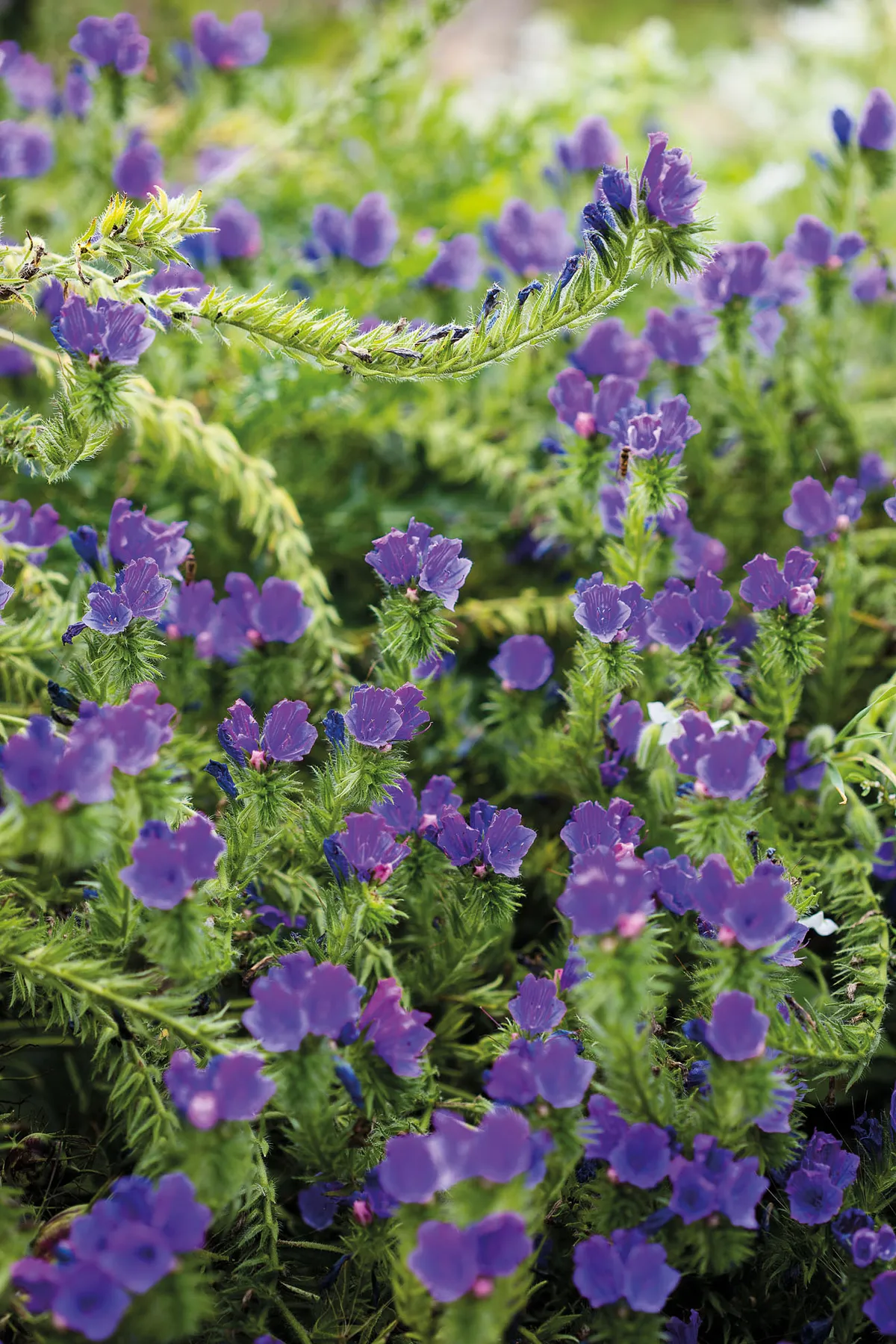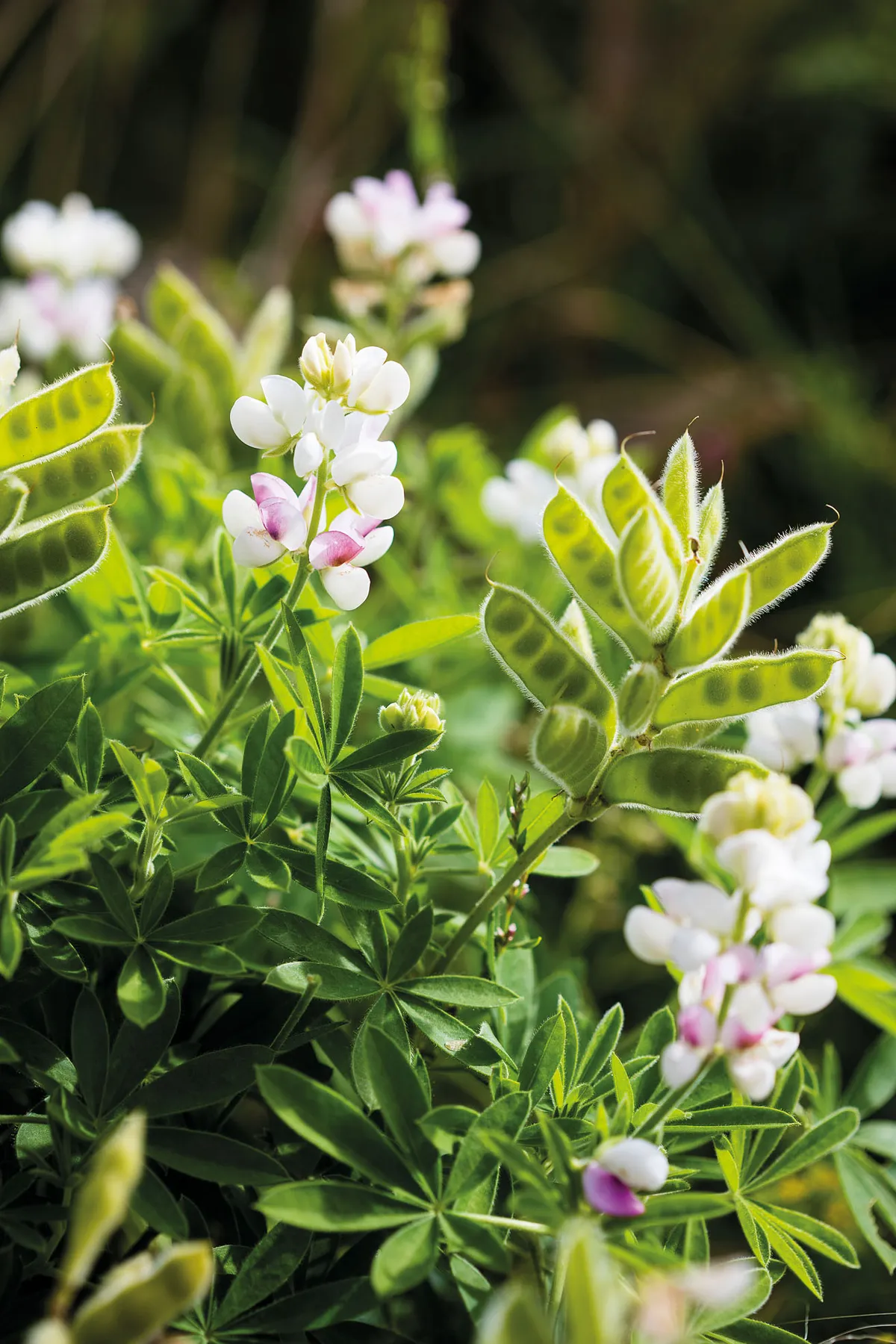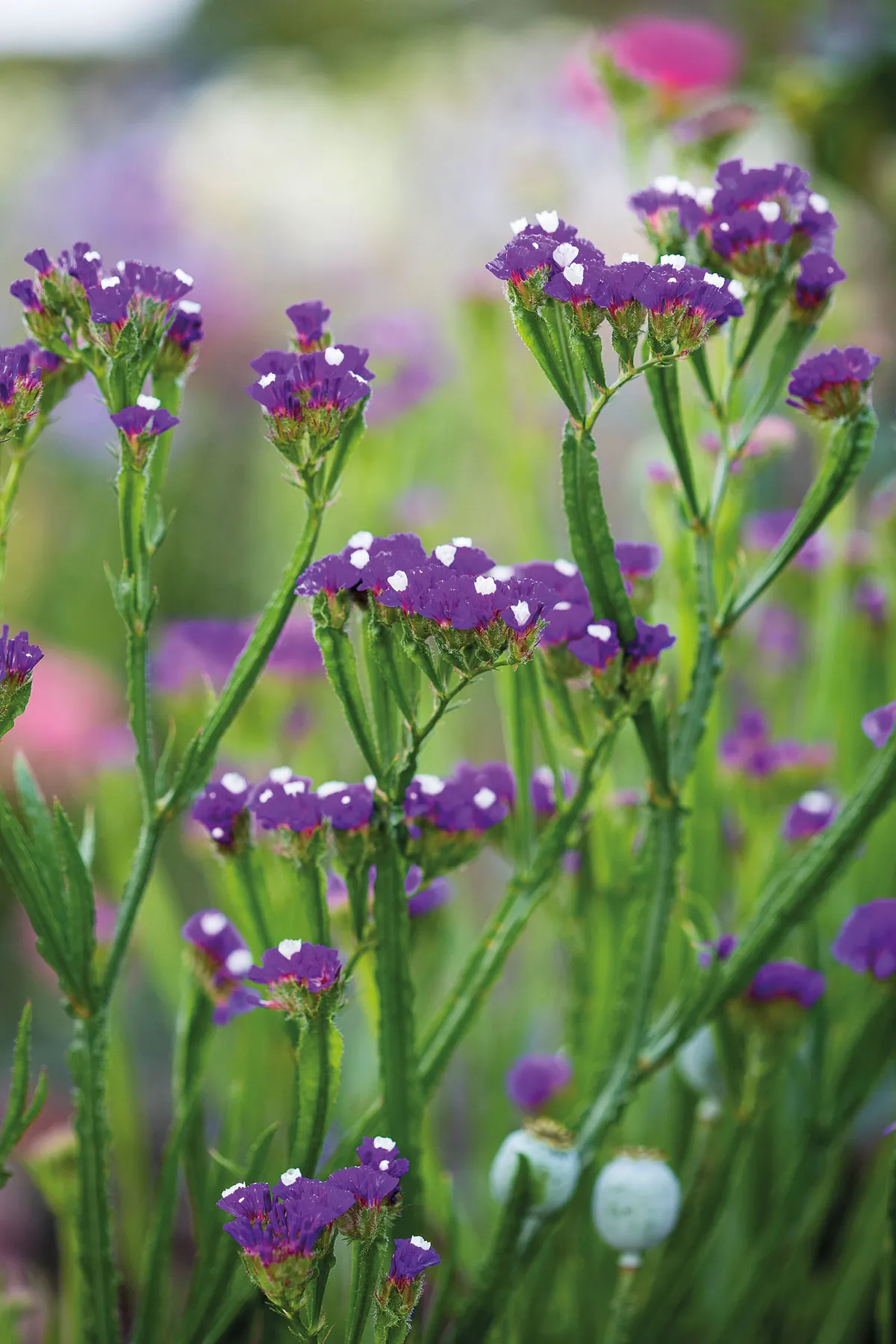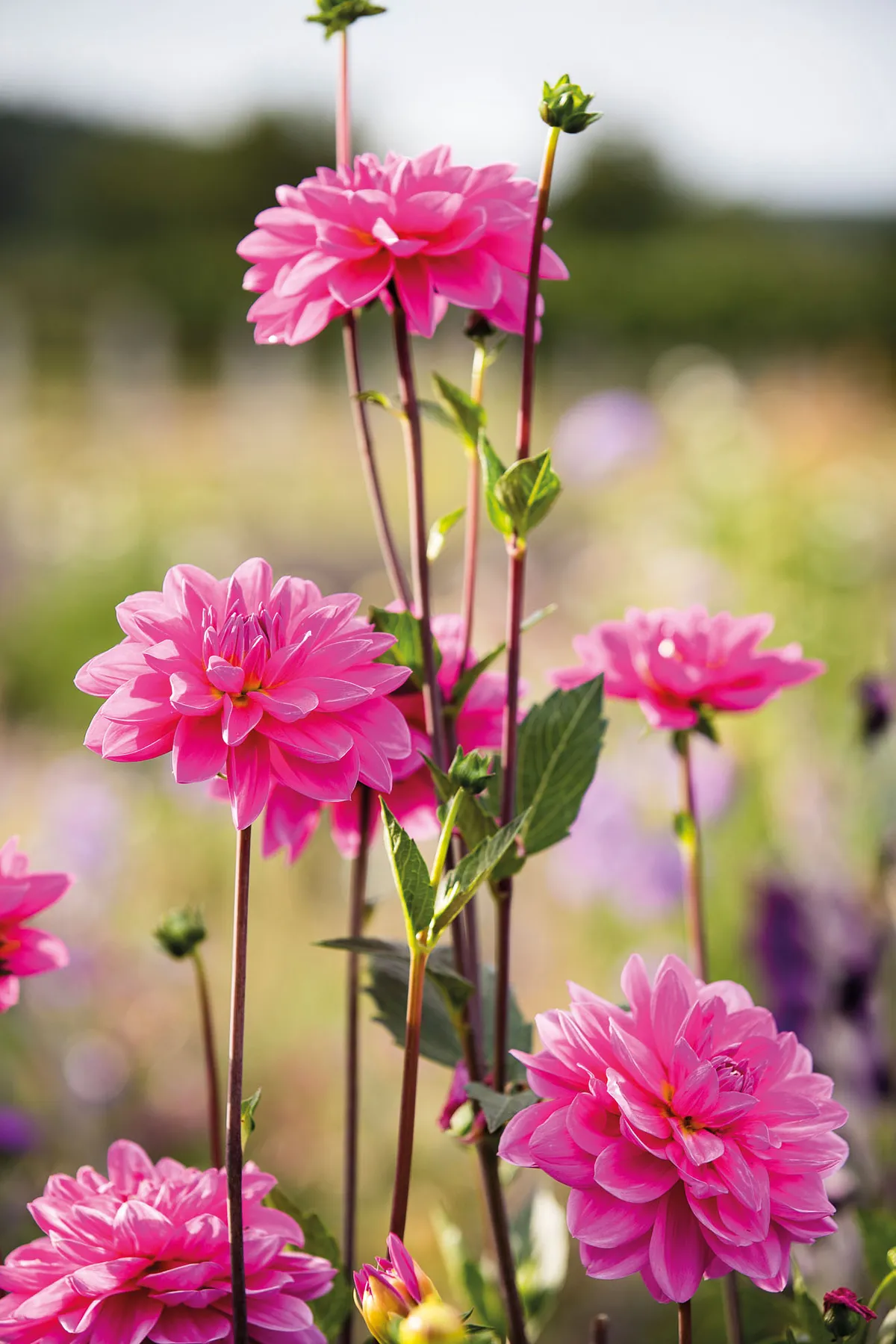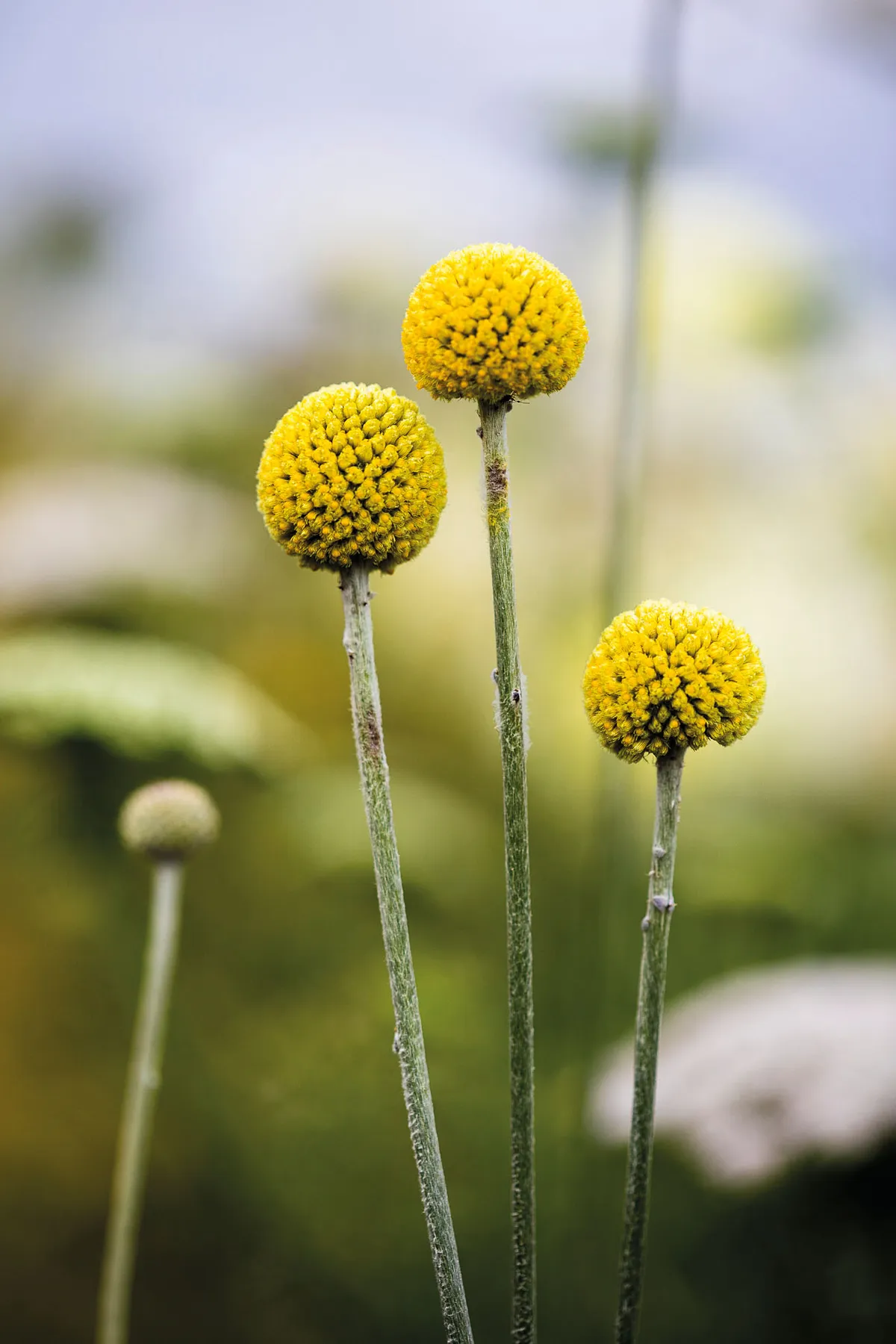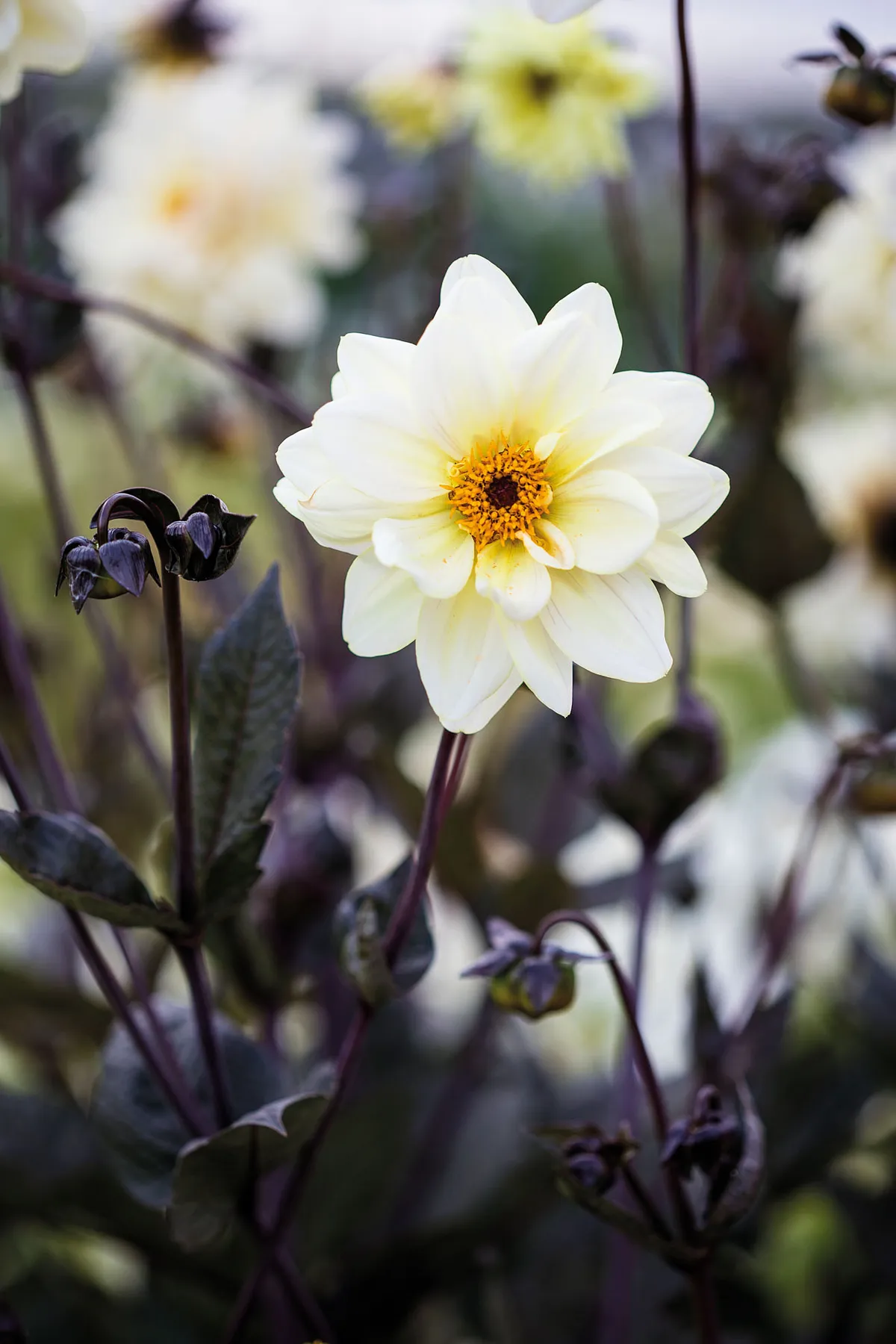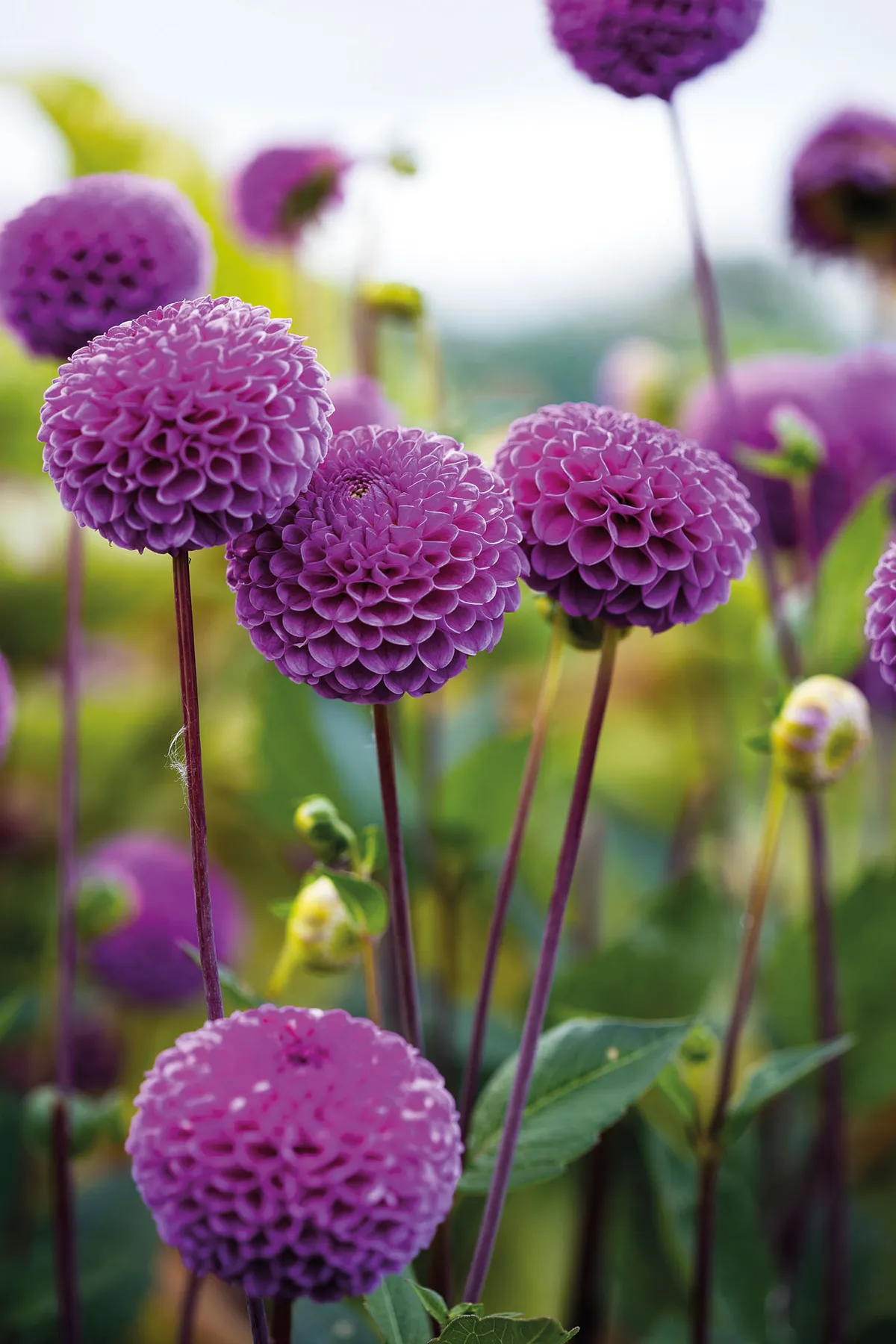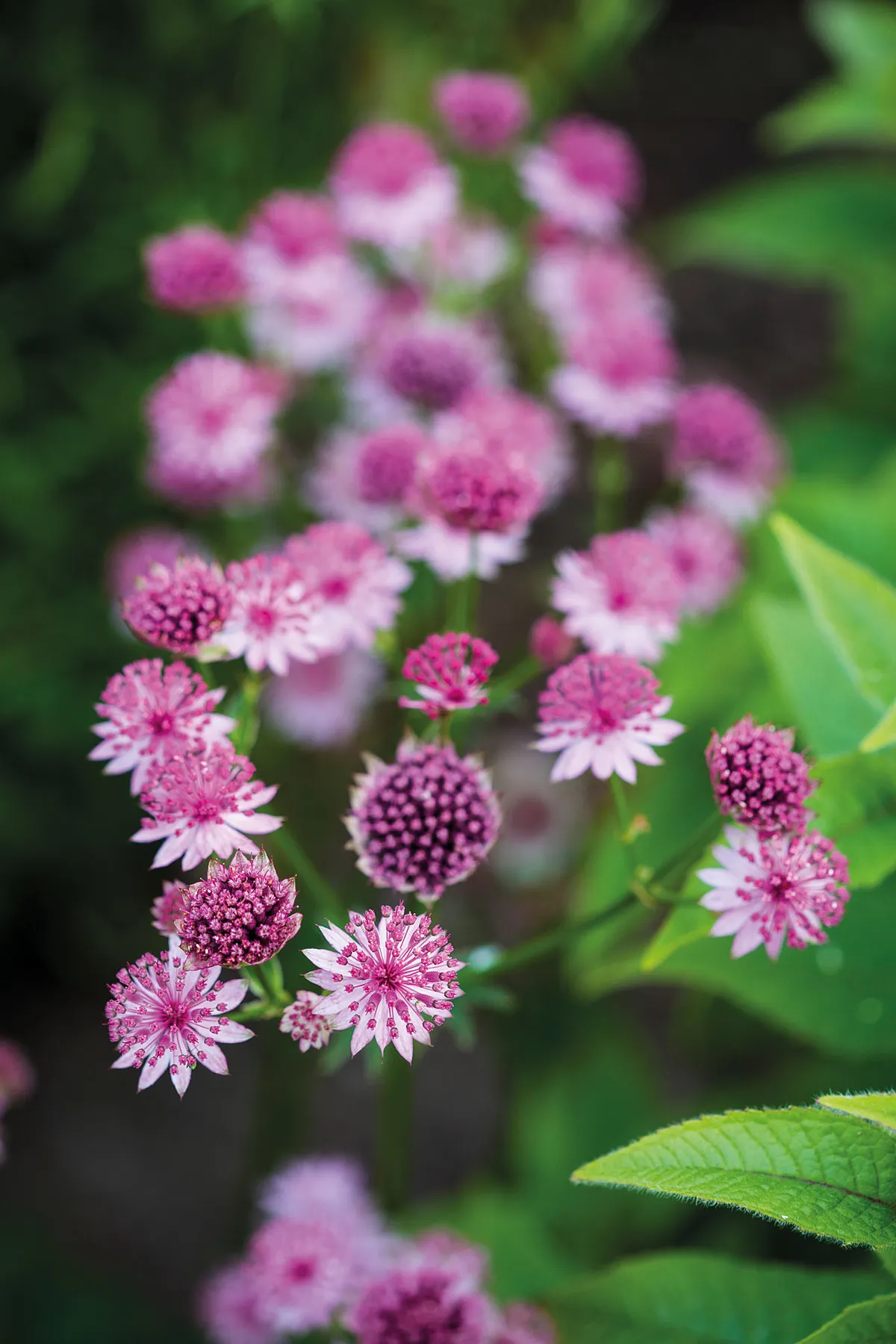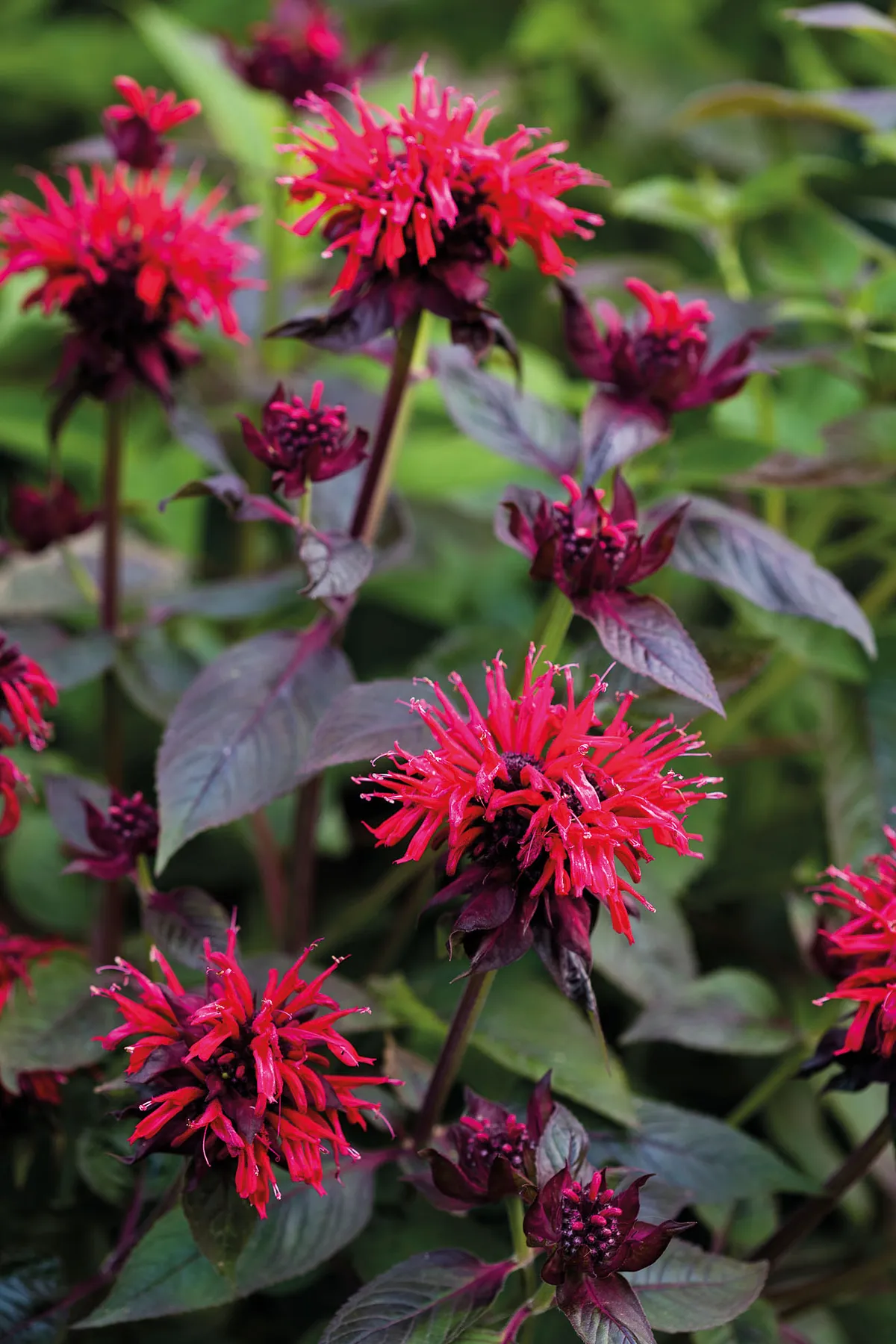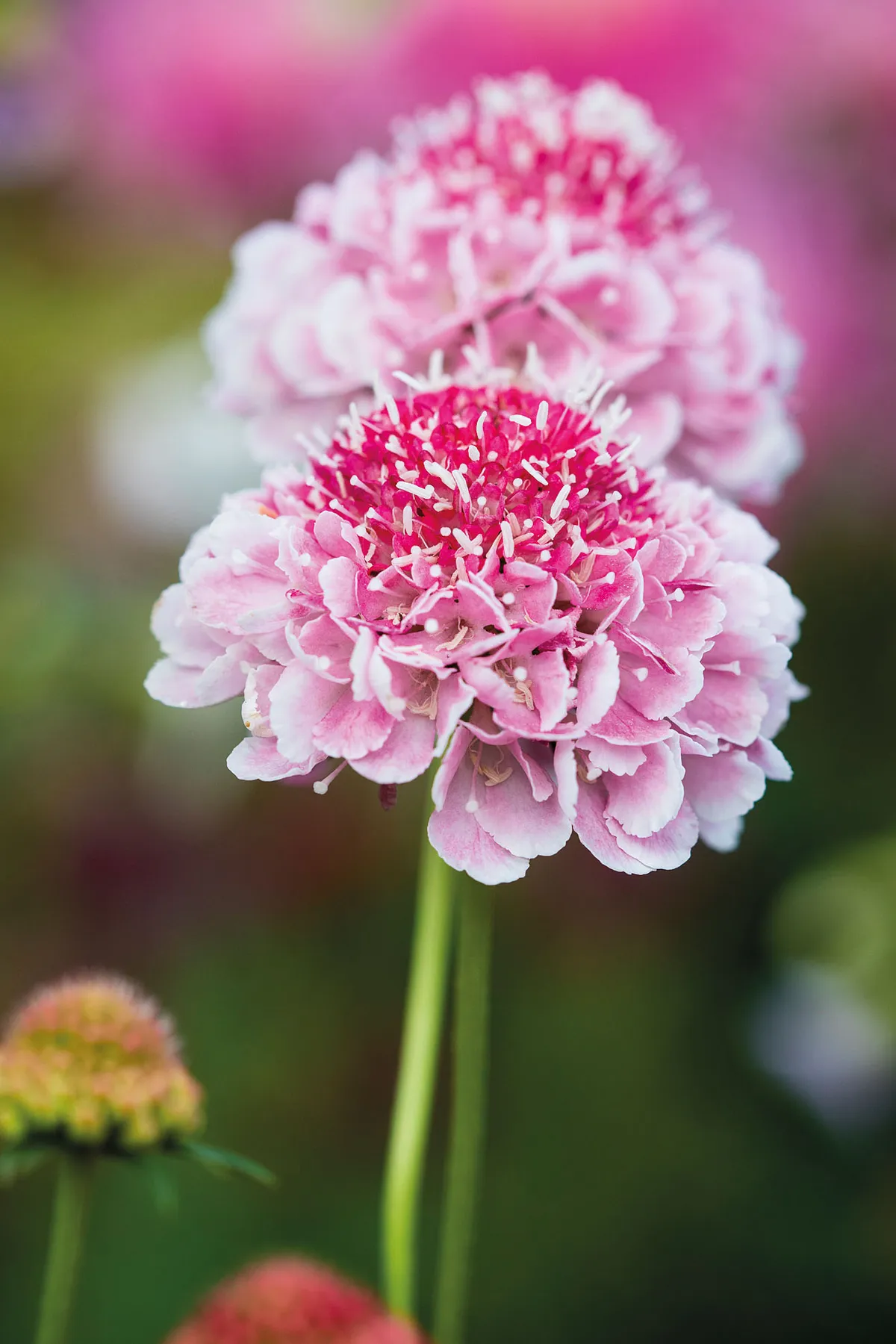The historic walled garden at Gordon Castle in Northeast Scotland is eight acres, with sandy, light soil that is slightly acidic and free-draining. Designer Arne Maynard has divided up the garden into sections, each with its own purpose and the climate is exposed but dry, with winter temperatures down to –15°C. Hardiness zone USDA 8a.
Dating back to 1470, Gordon Castle began as a fortress for the influential Gordon clan. It was extended by the 5th Duke of Gordon into a vast, neoclassical mansion with a surrounding landscape of parterres, avenues and canals, along with a large walled garden. Following decades were not so glorious, more recently relying for survival on the popularity of its salmon fishing on the nearby River Spey, while its walled garden was turned over to commercial raspberry growing. In 2008 the estate became husband and wife Angus and Zara Gordon Lennox’s home, and it was clear that a plan was needed. “We wanted a whole vision that we could work to over the years,” explains Zara. “Something that made the estate part of our lives.” Witness the extent of the work below in a garden that celebrates horticultural endeavour.

In contrast to the walls, lined with trees, including plums, apricots, figs and apples, a mown grass maze offers a more naturalistic element. At its centre is a mound topped with a pear sculpture made by Robert Rattray, formed of old tools found in the garden during its revival.
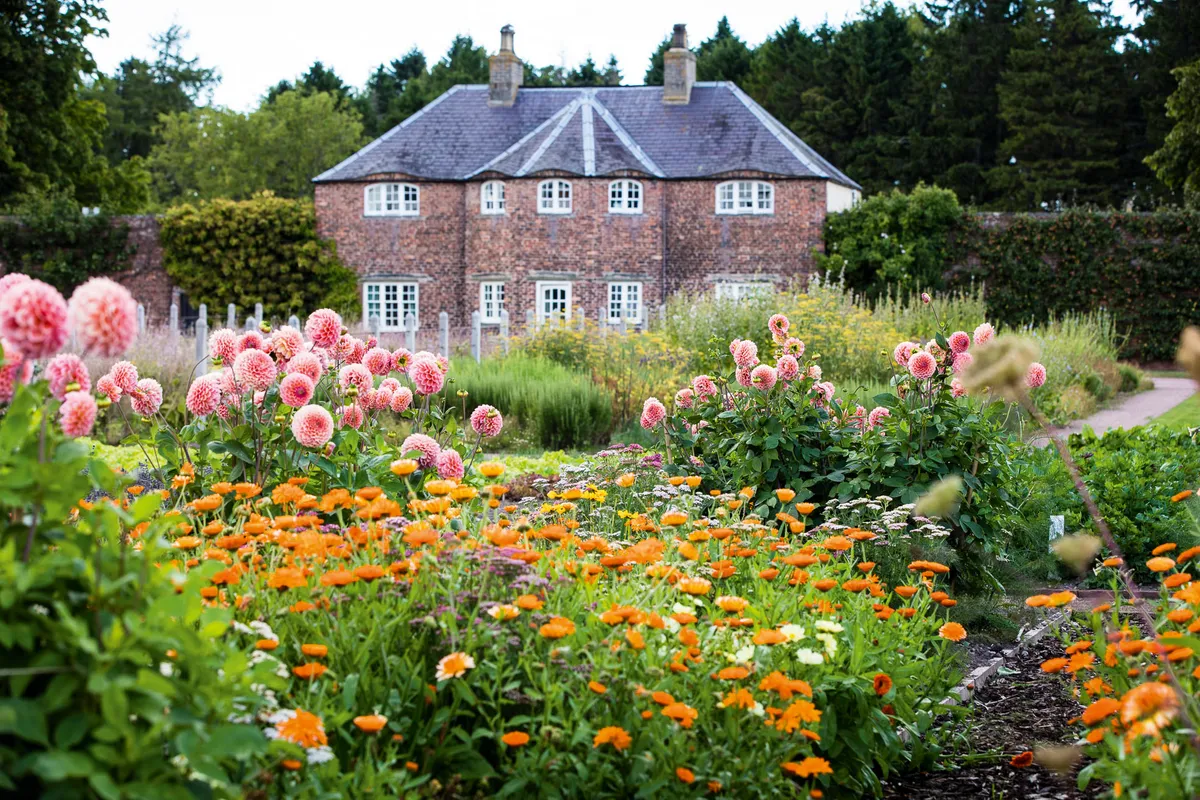
Put end to end, the borders along the central axis measure 120m. Planted with colourful annuals, the plan is to include more permanent perennials and topiary. The borders lead to the gardener’s cottage where head gardener John Webster lived during the garden’s 19th-century heyday.
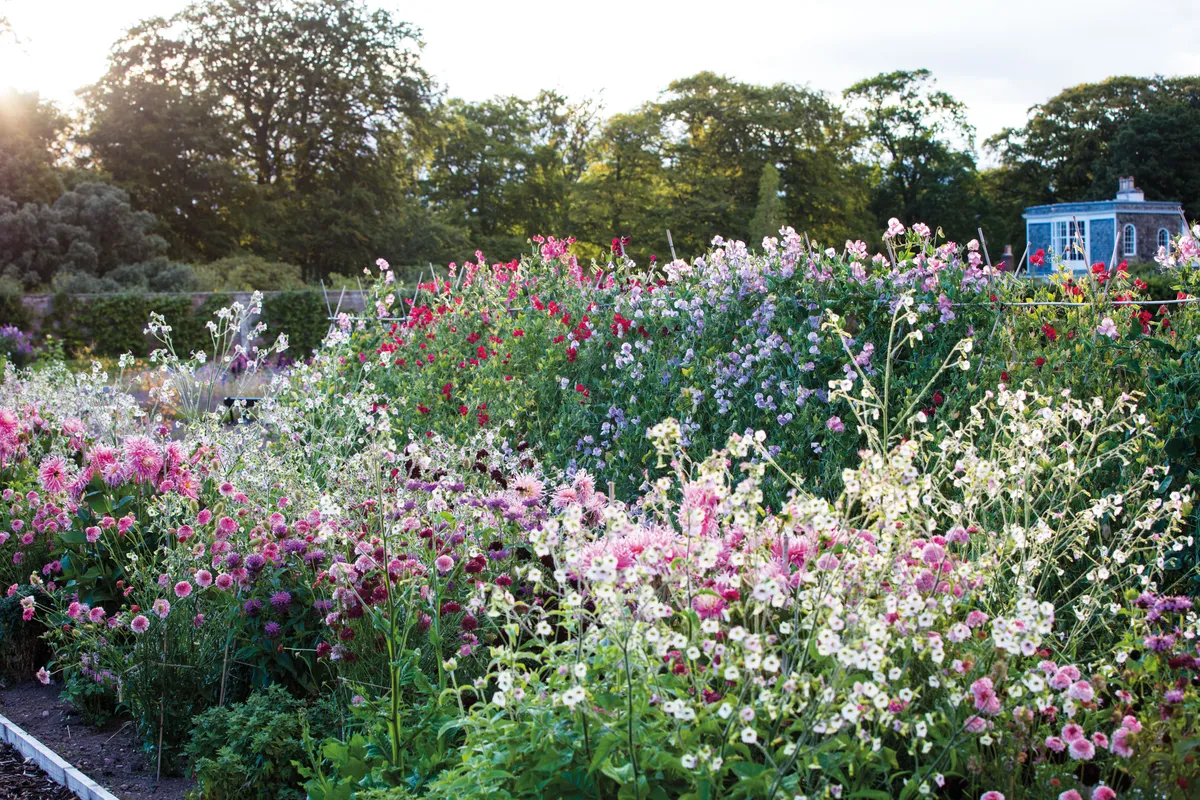
Cut flowers are used for the estate’s cottages, the castle and the café, and are also offered as pick your own to florists and sold to visitors. The Glowing Heather colour scheme feature pinks and pastels, including Nicotiana mutabilis, Dahlia ‘Vassio Meggos’ and scented sweet peas. “Zara spends a lot of time working in here,” head gardener Ed Bollom explains. “It helps to have a hands-on owner who understands what the time constraints are.”
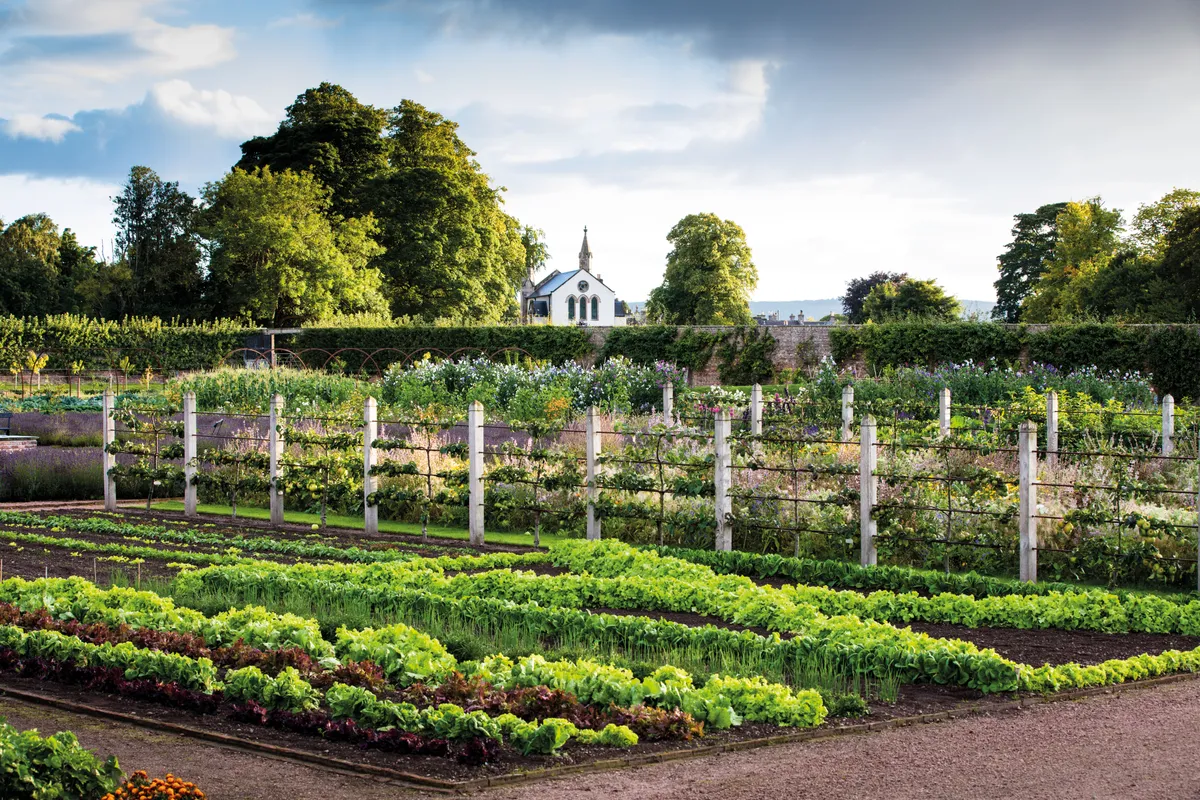
Salads, such as lettuces ‘Matador’ and ‘Green Salad Bowl’, are one of the most important crops, providing regular pickings. They are grown as ‘cut and come again’ so as to avoid gaps in the rows. Sixty-four apple cultivars are grown as espaliers and step-overs lining the garden’s pathways.
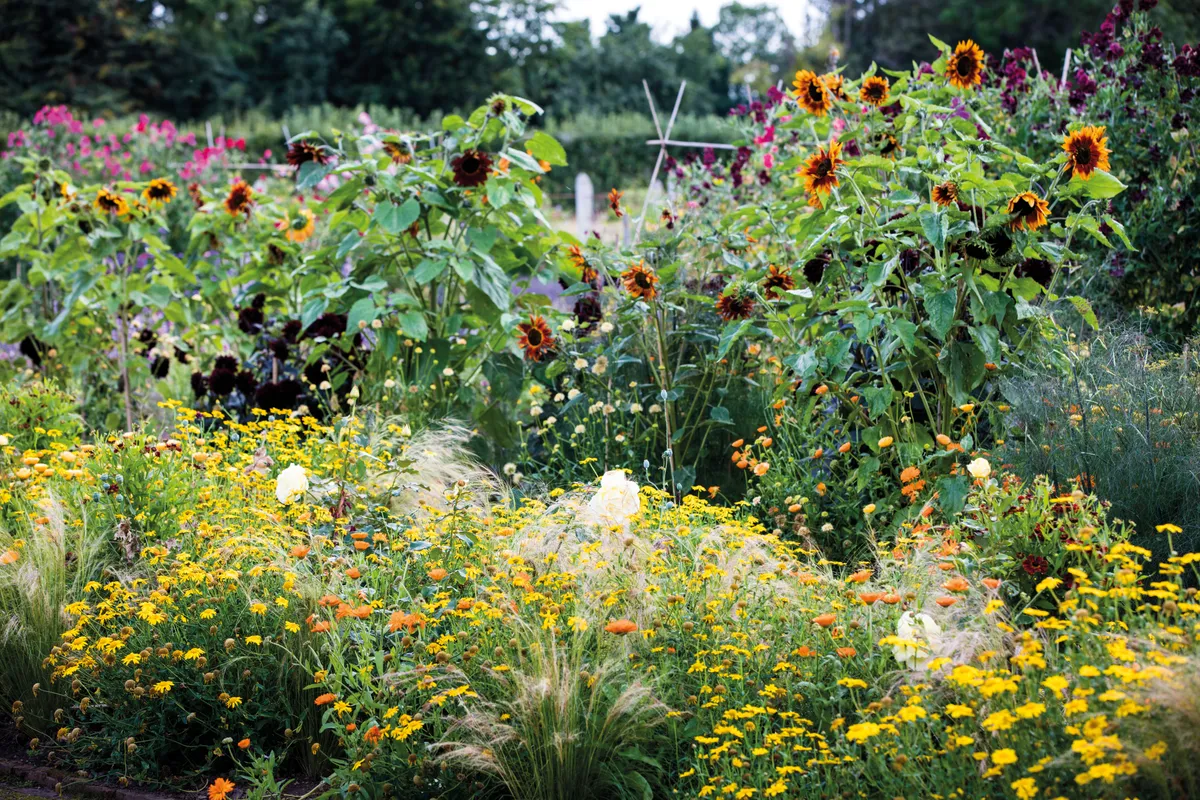
The Golden Peat cut-flower scheme features Helianthus annus ‘Red Sun’, Calendula officinalis ‘Indian Prince’, Coreopsis lanceolata ‘Sterntala’ and the grass Stipa tenuissima ‘Pony Tails’. Some flowers are grown specifically for drying, while seed mixes for each of the schemes are sold in the shop.
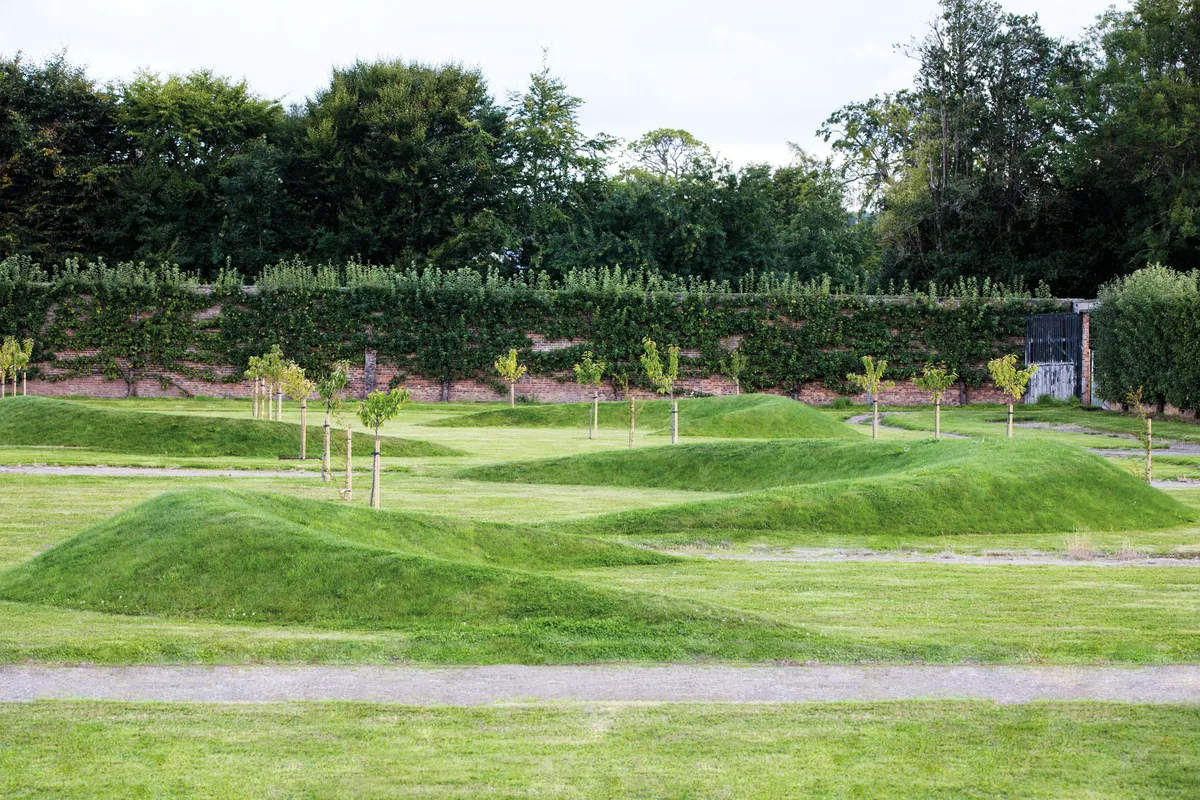
Arne suggested these landforms to create a ribbon of movement through the garden. As with the mound, they offer a change in height and perspective from which to view the garden. The cherry trees surrounding the landforms, will in time offer both a harvest and some shelter.
Plants from Gordon Castle cutting beds
